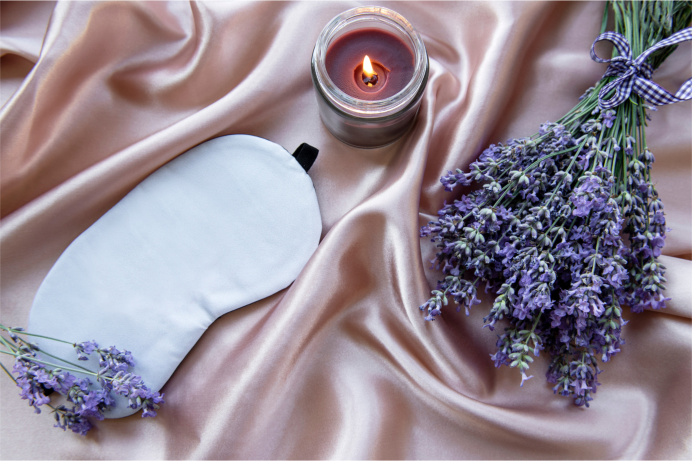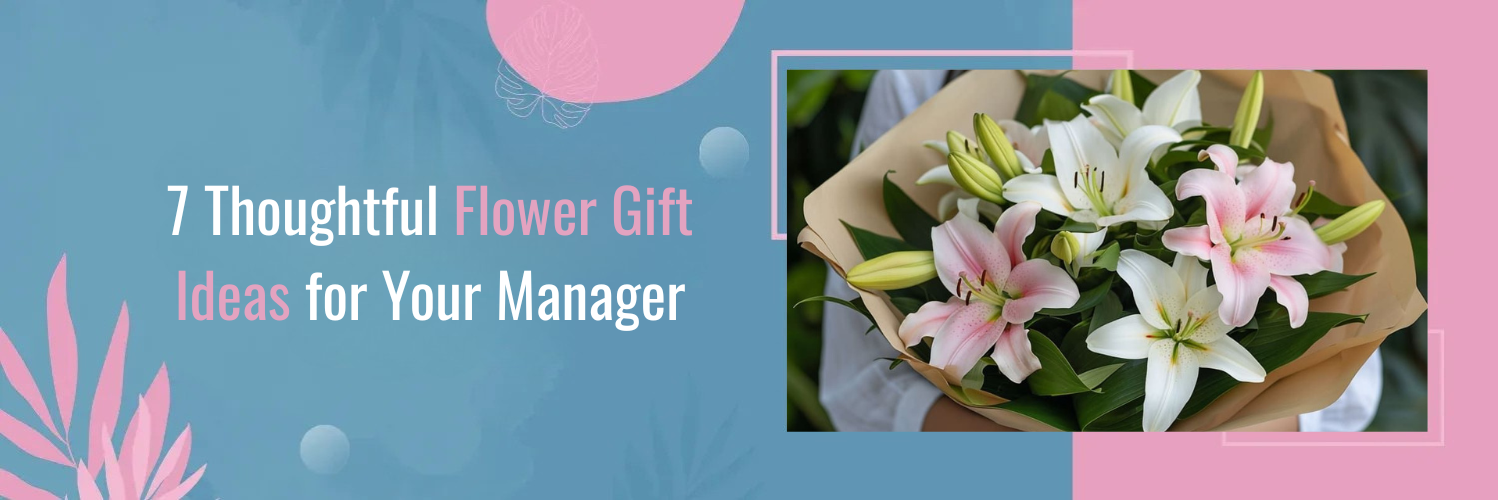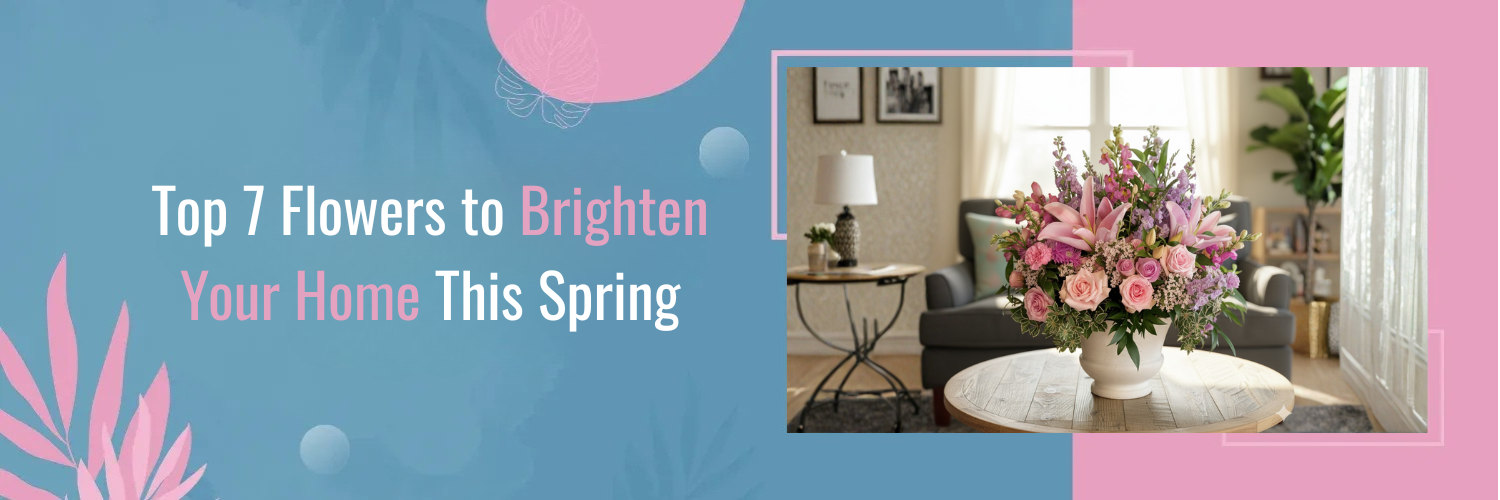What is Lavender?
Lavender, a fragrant and versatile herb, has captured the hearts of many for centuries. Its history is rich and its uses are diverse, making it a staple in various aspects of life. In this blog, we’ll take you on a journey through the captivating world of lavender, exploring its history, surprising benefits, and wide-ranging uses. From ancient civilizations to modern times, lavender has left an indelible mark on culture, health, and cuisine.
The History of Lavender
Lavender’s history is as captivating as its fragrance, with roots stretching back thousands of years. It has been cherished and employed by various civilizations for a myriad of purposes, each contributing to its enduring legacy.
Ancient Origins
Lavender’s story begins in the cradle of civilization itself. Ancient records reveal that the Egyptians were among the first to recognize the value of this fragrant herb. They used it not only for its pleasing aroma but also for its practical applications. Lavender was found in the tombs of pharaohs, indicating its role in embalming rituals and as offerings to gods.
The Romans, too, held lavender in high regard. They introduced it to Europe, where it became an essential element of daily life. Lavender was employed in bathing practices, not only for its refreshing scent but also for its purported healing properties. Its name even originates from the Latin word “lavare,” which means “to wash.”
Medieval and Renaissance Period
As time marched on, lavender’s reputation as a medicinal herb grew during the medieval period. Monastic gardens in Europe cultivated lavender for its medicinal qualities, using it to treat a range of maladies from headaches to digestive issues. It was also used to ward off diseases, with sachets of lavender carried by people to combat the plagues of the time.
During the Renaissance, lavender took on a more luxurious role. It graced the courts of European royalty and nobility. Lavender-scented gloves became fashionable, and it was often used as a symbol of refinement and elegance. The art of perfumery blossomed, and lavender became a sought-after ingredient in the creation of exquisite scents.
Lavender in Modern Times
In modern times, lavender has undergone a transformation from a symbol of luxury to a widely accessible and beloved herb. France, known for its picturesque lavender fields, became a leading producer, supplying lavender for a variety of industries, including perfumery, aromatherapy, and culinary arts.
Lavender’s versatility has made it a staple in households around the world. It is cherished not only for its calming aroma but also for its many practical uses. From aromatherapy and sleep aids to skincare products and culinary delights, lavender has found its place in numerous aspects of contemporary life.
The history of lavender is a testament to its enduring appeal and versatility. Its journey from ancient civilizations to the modern world reflects its adaptability and the timeless appreciation for its soothing, aromatic presence.
10 Surprising Lavender Facts
- Ancient Aromatherapy: Lavender’s history dates back over 2,500 years. Ancient Egyptians used it for mummification, and the Romans used it for bathing, cooking, and scenting the air.
- Bee Attraction: Despite its repelling properties for many pests, lavender is a favorite among bees. Planting lavender in your garden can help attract these essential pollinators.
- Diverse Varieties: There are over 450 varieties of lavender. The most common is English lavender, but each has its own unique scent and appearance.
- Natural Remedy: Historically, lavender has been used to treat various ailments, from insomnia and anxiety to fungal infections and wounds.
- From Latin: The name “lavender” comes from the Latin word “lavare,” meaning “to wash.” This reflects its frequent use in baths to help purify the body and spirit.
- Culinary Use: Lavender isn’t just for aromatherapy. It’s edible and can be used in a variety of dishes, from lavender-infused lemonade to lavender shortbread cookies.
- Protection from Moths: Before the modern mothball was invented, dried lavender was placed among clothes to ward off moths.
- A Royal Favorite: Queen Victoria of England was a notable fan of lavender. She insisted that her palace be kept clean with a solution containing lavender, which spurred its popularity in England during her reign.
- Economic Impact: In the Provence region of France, lavender farming and tourism related to its blooming season contribute significantly to the local economy.
- Not Always Purple: While most people associate lavender with its characteristic purple hue, the flowers can also be shades of blue, violet, lilac, black-purple, or even white.
Surprising Lavender Benefits
Lavender, with its enchanting fragrance and vibrant purple blooms, offers a treasure trove of surprising benefits that extend far beyond its aesthetic appeal. In this section, we’ll delve into some of the remarkable advantages that lavender provides in various aspects of our lives.
Aromatherapy and Stress Relief
One of lavender’s most well-known benefits is its use in aromatherapy for stress relief and relaxation. The inhalation of lavender essential oil has been shown to have a profound impact on reducing stress and anxiety levels. This is not just anecdotal; scientific research supports these claims.
Studies have demonstrated that exposure to the scent of lavender can lead to a decrease in stress hormone levels, such as cortisol, resulting in an overall sense of calm and improved mood. The aroma of lavender has the power to soothe the mind and promote emotional well-being. Whether diffused in your home or added to bathwater, lavender’s aromatic qualities are a potent ally against the stresses of modern life.
Lavender for Sleep
If you’ve ever struggled with insomnia or restless nights, lavender might hold the key to better sleep. Lavender’s ability to induce relaxation makes it a natural remedy for sleep problems. Adding a few drops of lavender essential oil to your pillow or using a lavender-infused sleep spray can work wonders for improving sleep quality.
The soothing scent of lavender not only helps you fall asleep faster but also enhances the overall quality of your sleep. Research suggests that inhaling lavender before bedtime can lead to longer periods of deep sleep, leaving you feeling more refreshed and energized in the morning.
Lavender’s Healing Properties
Beyond its delightful aroma, lavender possesses a wealth of medicinal benefits. This herb has been employed for centuries to address various health concerns. Lavender’s antiseptic and anti-inflammatory properties make it a valuable natural remedy for a range of minor ailments.
For instance, lavender essential oil can be used topically to soothe insect bites, minor burns, and skin irritations. Its antimicrobial properties make it effective for wound care. Lavender oil can also alleviate headaches when applied to the temples, and it has been used to reduce the discomfort of muscle aches and pains.
Lavender in Beauty and Skincare
Lavender’s beneficial properties extend to the realm of beauty and skincare. Its antiseptic and anti-inflammatory qualities make it an excellent choice for those seeking natural skincare solutions. Lavender is commonly found in a wide range of beauty products, from cleansers and moisturizers to toners and masks.
What’s more, you can create your own DIY lavender-based skincare items. Homemade lavender-infused oils and balms can help soothe and rejuvenate your skin. Lavender’s gentle yet effective nature makes it suitable for various skin types, including sensitive skin. From reducing acne breakouts to promoting a youthful complexion, lavender is a versatile ally in your skincare routine.
Lavender’s surprising benefits span stress reduction, sleep enhancement, medicinal applications, and skincare. Its remarkable versatility allows it to play a role in nurturing both mental and physical well-being, making it a valuable addition to your daily life. Whether in the form of essential oil, dried flowers, or lavender-infused products, this herb’s gifts are as diverse as they are enchanting.
Culinary Uses of Lavender
Lavender, with its captivating fragrance and delicate purple blossoms, isn’t just reserved for aromatherapy and skincare. This versatile herb has also found its way into the heart of the culinary world, where it adds a unique and delightful twist to a variety of dishes and beverages. In this section, we’ll explore the culinary uses of lavender, both in the kitchen and as a flavoring agent.
Lavender in the Kitchen
Lavender’s culinary journey begins in the kitchen, where its fragrant blooms are used to infuse a wide range of recipes. The flavor profile of lavender is subtly floral with hints of mint and citrus, making it a versatile herb that pairs exceptionally well with both sweet and savory dishes.
One of the most popular culinary uses of lavender is in baked goods. Lavender-infused sugar can be incorporated into cookies, cakes, and pastries, lending them a delightful floral note. Lavender also complements fruits like berries and peaches, enhancing their natural sweetness. In salads, lavender flowers make for a visually stunning and flavorful addition.
Lavender as a Flavoring Agent
Lavender’s unique flavor profile makes it a sought-after ingredient for creative chefs and home cooks alike. It can be used as a flavoring agent in various culinary creations. Here are a few examples:
- Lavender-Infused Beverages: Lavender can elevate your beverages, from lavender-infused lemonade to lavender-infused cocktails. Its aromatic presence adds an intriguing dimension to your drinks.
- Lavender in Main Courses: In savory dishes, lavender pairs beautifully with meats like chicken and lamb. A lavender-infused sauce or marinade can add a touch of sophistication to your meal.
- Herb Blends: Lavender can be combined with other herbs like rosemary and thyme to create unique herb blends that enhance the flavor of roasted vegetables, potatoes, or grilled seafood.
- Dessert Creations: Beyond traditional baked goods, lavender can be used in more elaborate dessert creations. Lavender-flavored ice creams, custards, and panna cottas offer a taste of culinary elegance.
- Homemade Lavender Extract: You can make your own lavender extract by infusing lavender flowers in a neutral alcohol. This extract can be used in various recipes to impart a subtle lavender essence.
When using lavender in cooking, it’s crucial to exercise moderation, as its flavor can easily become overpowering if too much is added. Start with a small quantity and adjust to taste. Additionally, be sure to use culinary lavender, as some varieties may be treated with pesticides not safe for consumption.
Lavender’s presence in the culinary world adds a touch of sophistication and whimsy to dishes and beverages. Its delicate flavor and enchanting aroma make it a versatile herb that can transform ordinary recipes into culinary delights. Whether you’re experimenting with lavender-infused cocktails or enhancing your favorite dessert, this herb offers endless possibilities for culinary creativity.
Lavender in Pop Culture and Symbolism
Lavender in Literature and Art
The allure of lavender extends to literature and art. Many famous works feature lavender, often symbolizing purity, tranquility, and love. Authors and artists have drawn inspiration from its elegant appearance and soothing scent.
Lavender’s Symbolism
Lavender holds symbolic significance in various cultures. It represents devotion, peace, and spirituality. Lavender is often used in rituals, ceremonies, and traditions, such as weddings and religious events. Understanding its symbolism adds depth to the appreciation of this remarkable herb.
Growing and Caring for Lavender
Growing and caring for lavender can be a rewarding endeavor, whether you’re an experienced gardener or a novice with a green thumb. Lavender’s fragrant blooms and versatile uses make it a popular choice for gardens and landscapes. In this section, we’ll provide you with valuable tips on how to cultivate and maintain lavender plants, ensuring they thrive in your garden.
Tips for Cultivating Lavender
Choose the Right Location
- Lavender thrives in well-drained soil with excellent sunlight exposure. Select a spot in your garden that receives at least 6 to 8 hours of sunlight daily.
- Ensure the soil is well-draining to prevent root rot. Sandy or gravelly soils are ideal for lavender cultivation.
Planting Lavender
- Plant lavender in the spring or early fall when the soil is warm but not too hot.
- Space lavender plants about 12 to 18 inches apart to allow for proper air circulation and prevent overcrowding.
- Dig a hole that’s slightly larger than the root ball of the plant, and set the lavender plant at the same depth it was in its nursery pot.
Watering Lavender
- Lavender is drought-tolerant once established, so avoid overwatering. Water deeply but infrequently, allowing the soil to dry out between waterings.
- Water newly planted lavender more frequently until it establishes a robust root system.
Pruning Lavender
- Pruning is essential to encourage healthy growth and prevent leggy or woody plants. Prune lavender in the spring, just as new growth begins.
- Trim back the top third of the plant, cutting above a set of healthy leaves. This will promote bushier growth and more abundant blooms.
Fertilizing Lavender
- Lavender doesn’t require heavy fertilization. In fact, it often thrives in poor soils.
- If your soil is nutrient-deficient, you can add a balanced, slow-release fertilizer in the spring, but be careful not to over-fertilize.
Mulching
- Apply a layer of organic mulch around the base of your lavender plants to help retain moisture, regulate soil temperature, and inhibit weed growth. Organic mulch can include compost, straw, or wood chips.
Prone to Pest and Disease
- Lavender is generally resistant to pests and diseases, but it can occasionally suffer from issues like aphids or root rot.
- Keep an eye out for any signs of trouble and address them promptly with natural remedies or pesticides if necessary.
Harvesting and Pruning
Harvesting Lavender
- Lavender is at its peak when the buds have just started to open but haven’t fully blossomed. Harvest on a dry, sunny day in the morning when the essential oil content is highest.
- Use scissors or pruning shears to cut the stems just above a set of leaves, leaving some green growth behind.
- Pruning Lavender for Maintenance:
- Lavender benefits from regular pruning to maintain its shape and encourage new growth.
- Prune back after flowering in late summer or early fall to prevent the plant from becoming too woody and encourage more blooms in the following year.
By following these tips for cultivating, watering, pruning, and maintaining lavender, you can enjoy a thriving and fragrant garden addition. Lavender not only adds beauty and fragrance to your landscape but also offers a wealth of practical and aesthetic uses, from crafting lavender sachets to brewing homemade teas and infusions.
Conclusion
Lavender, with its fascinating history, surprising benefits, and diverse uses, stands as a testament to the enduring appeal of this herb. Its journey from ancient civilizations to modern households reflects its enduring relevance. As you explore the world of lavender, remember its versatility and cultural significance. Embrace lavender in your life, whether for relaxation, flavor, or beauty.
Ready to embrace lavender’s beauty in your life? Why not start by adorning your own space with the soothing elegance of lavender flowers? Order a stunning lavender bouquet from Bourkes Florist today, and let us deliver its timeless charm right to your doorstep. Whether as a gift for a loved one or a treat for yourself, a bouquet of fresh lavender blossoms is a delightful way to experience the magic of this beloved herb. Don’t miss out – place your order now and bring the serenity of lavender into your world.
FAQs
Q: What is the origin of the name “lavender?”
Discover the intriguing etymology behind the name “lavender” and how it reflects the herb’s rich history and cultural significance.
Q: Can lavender be grown indoors?
Learn about the possibility of cultivating lavender indoors and the challenges and rewards it presents for indoor gardeners.
Q: Are there any safety precautions when using lavender essential oil?
Explore important safety tips for using lavender essential oil effectively and responsibly.
Q: How can I make lavender-infused oil at home?
Unlock the secrets to creating your own lavender-infused oil with a simple DIY recipe that enhances your self-care routine.
Q: What are some lesser-known lavender varieties?
Delve into the world of unique lavender varieties that go beyond the commonly known species, opening up new aromatic possibilities for your garden.






























